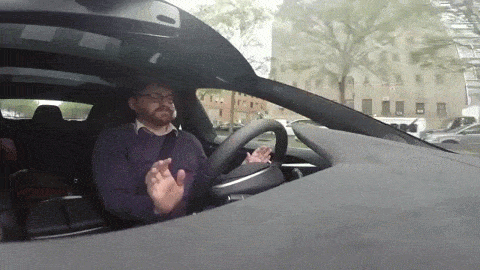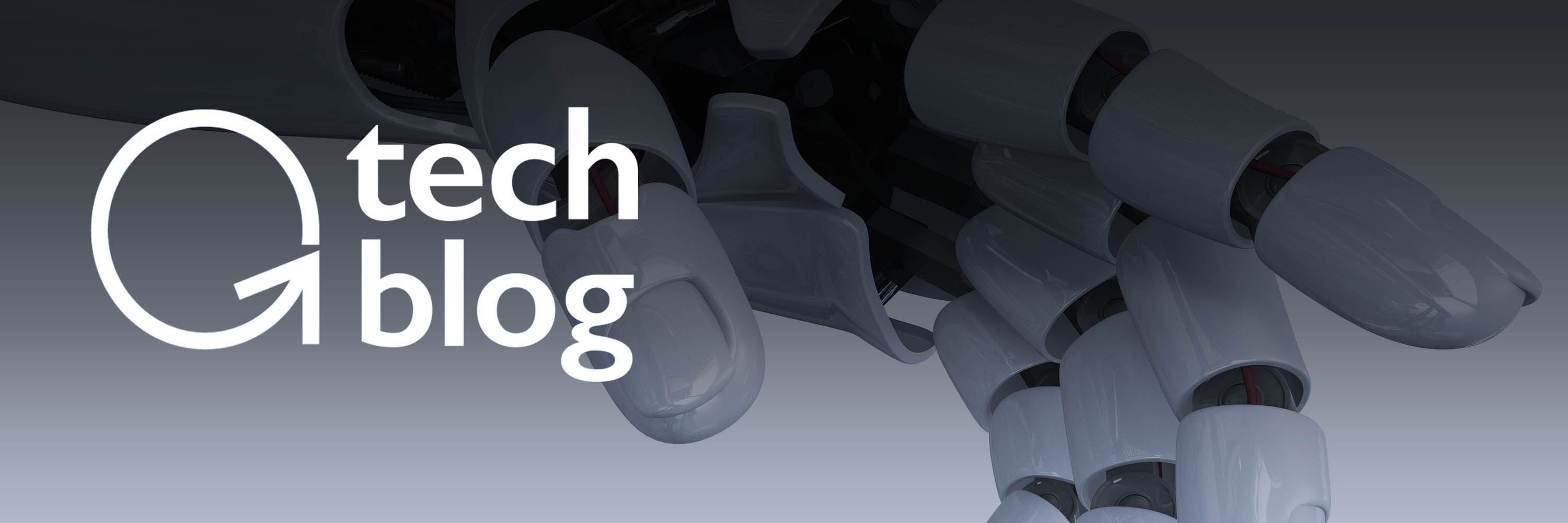
Unexpected convergent consequences... this is what happens when eight different exponential technologies all explode onto the scene at once.
This blog (the 5th of 7) is a look at 3D printing. Future blogs will look at other tech areas.
An expert might be reasonably good at predicting the growth of a single exponential technology (e.g. 3D Printing), but try to predict the future when Artificial Intelligence, Robotics, Virtual Reality, Drones, and Computation are all doubling, morphing and recombining… You have a very exciting (read: unpredictable) future. This year at my Abundance 360 Summit I decided to explore this concept in sessions I called "Convergence Catalyzers."
For each technology, I brought in an industry expert to identify their Top 5 Recent Breakthroughs (2012-2015) and their Top 5 Anticipated Breakthroughs (2016-2018). Then, we explored the patterns that emerged.
P.S. Send any tips to our team by clicking here, and send your friends and family to this link to subscribe to Abundance Insider.
3D Printing – Context
At A360 this year, my expert on 3D Printing was Avi Reichental.
Avi is the Founder and CEO of XponentialWorks, an expert advisory, venture investment and incubation ecosystem company that is focused on monetizing exponential tech innovation and business model disruption. For 12 years, Avi was the CEO of 3D Systems, the largest publicly traded 3D Printing Company in the world. A dear friend and brilliant entrepreneur, Avi is also part of our core faculty in additive manufacturing at Singularity University.
Before we dive in, here's some more context around 3D printing:
3D printing, also known as additive manufacturing, is the process of printing, layer by layer, any three-dimensional object based on a digital file.
In a 3D printer, one or more print heads extrudes a small amount of materials in precise locations to build objects point by point from the bottom up.
Today we can 3D print in full color and in over 250 different materials ranging from titanium to rubber, plastic, glass, ceramic, leathers and even chocolate.
3D printers can create very complex structures of mixed materials and print almost anything, from jet engines to jewelry to houses and even medical prosthetics.
3D printing transforms the entire manufacturing process. Customization and complexity come for free and large-scale custom manufacturing is no problem.
Additive manufacturing also saves tremendous costs, requiring as little as 10% of the raw materials expended in traditional manufacturing and eliminating the need for inventory.
Ultimately, 3D printing dematerializes, demonetizes and democratizes manufacturing and turns us all into creators.
If you or your customers are in the business of making anything, 3D printing is on the road to disrupting your industry and your business.
Top 5 Recent 3D Printing Breakthroughs: 2013 - 2015
Here are the recent breakthroughs Avi identified as important to 3D printing from 2012 - 2015.
1. 3D printing in full color with 250+ different materials and composites.
Avi explains, "We can now print in full color, which means more than a million different color combinations in a single print. We can also print in 250 different materials. This has never been possible, and with the ability to print many, many new materials and combinations thereof, the creative opportunities are almost limitless."
2. Customized mass production of 3D printed medical devices.
Avi explains, "We've seen a rise in the number of bespoke customized medical devices and parts. Not only are key 'implants' like full knee and hip replacement parts customized to you, but the surgical instruments, the jigs, the fixtures, the incision tools, etc. are 3D printed to fit you. One example is hearing aids. These devices, each of which fits into a uniquely shaped ear canal, have been 3D printed for nearly eight years."
3. Explosion of metal 3D printers in aerospace and automotive industries ushers in an era of 'mass complexity.'
Today, we have the ability to print with more than 20 different alloys. Companies like GE and SpaceX are 3D printing jet and rocket engines. My company Planetary Resources 3D prints parts of our ARKYD satellites.
This capability unlocks billions of dollars in industrial applications for 3D printing.
4. High-speed 3D printing drives manufacturing at a convincing scale.
Speed is a big deal in 3D printing. If it took two days to print a small object, consumers would never adopt the technology. If it took just two minutes, then everyone would need to have one.
Avi elaborates, "There have been tremendous improvements in speed. The prediction now is that speed is not just going to double every couple of years, but speed is probably going to go 10x, 50x, 100x in the next 5 years. There are quite a few successful companies out there that are demonstrating today that they can get to convincing scale with 3D printing that will be at least a hundred times faster than it is today."
5. Democratization of the means and skills for everyone to create and make.
"Over the last few years, we've seen a very significant democratization of 3D printing technology," says Avi. "This democratization is about the systematic removal of all user friction in the 3D printing process, starting with complex CAD (Computer-Aided Design) and 3D modeling. The connectivity of devices and the cloud, the ability to search and download images, to have intelligent search engines that are searching three-dimensional models, the ability to price and share and source and print, etc. All of this represents the democratization that makes 3D printing accessible to the other 99 percent, not just to the designers."
This is the user interface moment for 3D printing – when it's easy enough and fun for everybody to use.
So what's in store for the near future?
Top 5 Anticipated 3D Printing Breakthroughs 2016 - 2018
Here are Avi's predictions for the most exciting, disruptive developments coming in 3D printing technology over the next three years. As entrepreneurs and investors, these are the areas you should be focusing on, as the business opportunities are tremendous.
1. Personalized nutrition made possible with new breed of 3D printers.
Personalized food and nutrition is about to get really exciting. As Avi illustrates, "At the end of the day, your home food printer will create a personalized nutrition bar based on your needs in that moment, containing the amount of proteins, carbs, vitamins and supplements needed in that moment."
Next, we'll see 3D printing playing in the pharmaceuticals space, where your medical pill is printed (compounded and created) specifically for your needs that day.
2. Printed shoes and textiles disrupt fashion, apparel and retail industries.
Fashion is going to be disrupted in a big way. "Through the combination of scanning, digitizing, computing, sensing, active performance monitoring, and mixed materials, we will be able to print fully functional clothing and wearable devices," says Avi.
Shoes will be tailor-made based on your posture, your stance, and your arch. Accessories will be customizable and immediately printable. Everything will be perfectly designed to fit your body.
You'll be able to see a beautiful new dress designed in Paris that morning, buy it, and print it in your closet to wear that evening.
3. Printing of finished mixed-material devices (rubber, structure, wiring) – e.g. electronics, cars, houses…
"Today you can 3D print a toy truck with rubber tires, metal chassis, clear plastic or glass windshield in a single print. The next level of this," Avi says, "is to print a fully functional device with circuits and sensors and logic."
4. 'Factory in a Box' combines additive + subtractive manufacturing, delivering 100x speeds
..in CNC machining, additive layering, and even injection molding. It will all be unified into boxes that will become the factory of the future."
5. 3D printing of human organs and tissues.
Researchers have convincingly demonstrated that simple organs and complex tissues can now be 3D printed.
By harvesting our own stem cells, multiplying them, and then depositing them onto collagen scaffolding of the desired organ, these miraculous cells grow into a fully implantable, functional organ.
Avi predicts, "In seven to 10 years, we will be in the business of replacing parts and organs that our bodies will not reject, and then perhaps we'll have organs that were even better than the ones we were born with."
At the same time, why not "print" a biosensor into your liver or heart to monitor its health and provide continuous data?
Also read: TOP 50 MOON SHOTS (2000 - 2020)
WHAT IS ABUNDANCE INSIDER?
This email is a briefing of the week's most compelling, abundance-enabling tech developments, curated by Marissa Brassfield in preparation for Abundance 360. Read more about A360 below.
WANT MORE CONVERSATIONS LIKE THIS? - JOIN ME
At Abundance 360, Peter's 360-person executive mastermind, we teach the metatrends, implications and unfair advantages for entrepreneurs enabled by breakthroughs like those featured above. We're looking for CEOs and entrepreneurs who want to change the world. The program is highly selective. Apply now for Abundance360 Summit if you'd like to develop an Abundance mindset.
Know someone who would benefit from getting Abundance Insider? Send them to this link to sign up.
P.S. I've just released a podcast with my dear friend Dan Sullivan called Exponential Wisdom. Our conversations focus on the exponential technologies creating abundance, the human-technology collaboration, and entrepreneurship. Head here to listen and subscribe.







